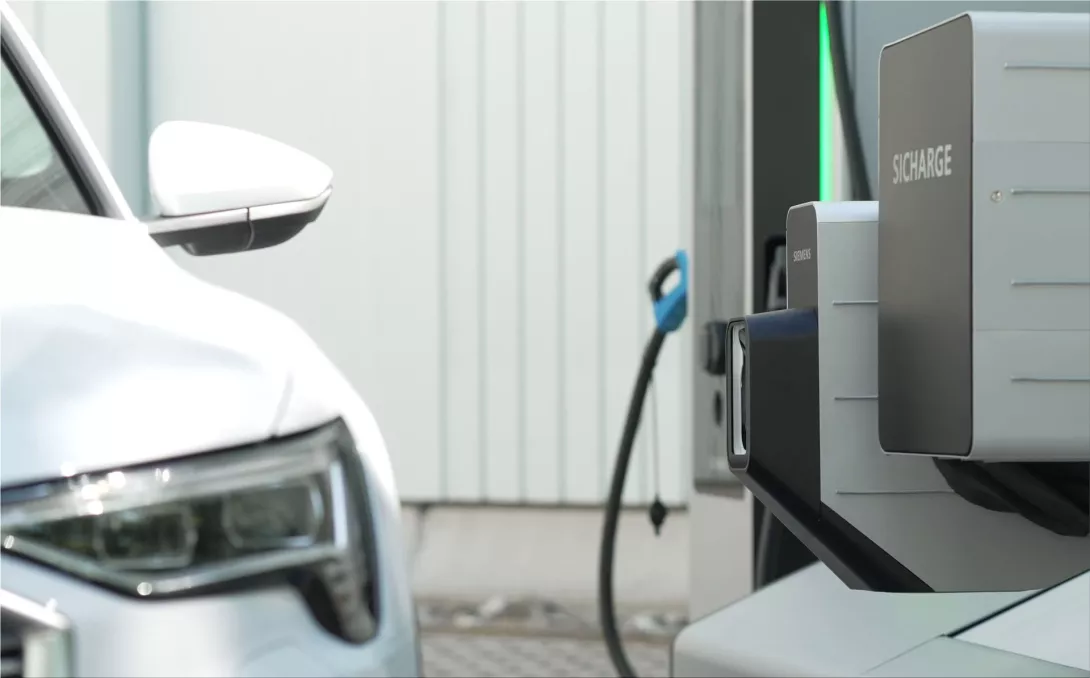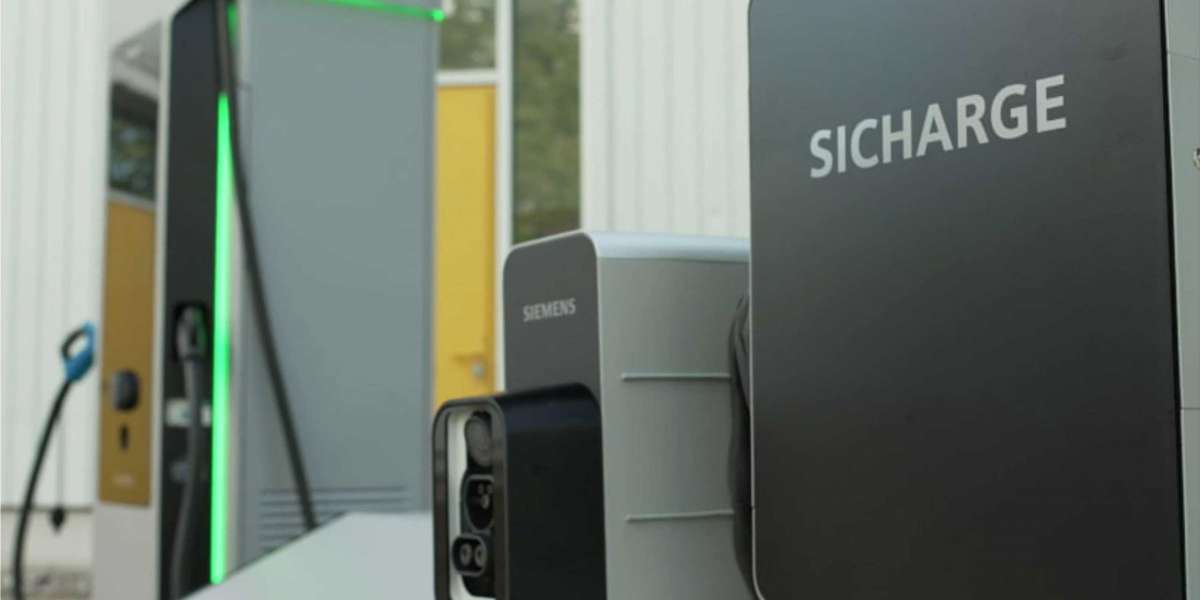"The transition to e-mobility is well underway, and with our expertise, we're assisting the automobile sector in speeding up this process even further. Our shared aim is to get electric automobiles on the road as quickly, effectively, and responsibly as possible. We can only attain this aim with cutting-edge automation and digitalization technologies. In this sense, Siemens has a one-of-a-kind portfolio. "I expect to see a lot of electric cars at the IAA Mobility that has a lot of Siemens DNA," said Cedrik Neike, member of the Siemens AG Managing Board and CEO of Digital Industries.
Various Siemens charging methods are used to recharge electric cars all around the world. On the other hand, high-performance smart grids are required for safe, cost-effective, and environmentally friendly operations. Siemens is bringing decades of worldwide knowledge and expertise in this area. As a result, OEMs, power utilities, fleet operators, corporations, cities, and end consumers all benefit from the company's various electromobility solutions.
As Karl Blaim, Managing Director of Siemens Transportation, pointed out, achieving a sustainable mobility mix is essential for Siemens: "Urbanization is driving the volume of traffic to continue to increase, but at the same time we seek to cut CO2 emissions substantially." As a result, properly connecting modes of transportation is critical. Road and rail are inextricably linked, and rail, as the most environmentally friendly mode of transportation, will be the backbone of mobility in the future. Siemens Mobility is increasing rail capacity, efficiency, and comfort through digital technologies; intelligent Mobility-as-a-Service solutions seamlessly connect rail services with other modes of transportation, and hydrogen and battery-powered trains are rounding out carbon-neutral rail transportation electric overhead lines are not viable.
The mobility sector is evolving at a quicker rate than ever before, thanks to disruptive technology. Siemens contributes to this trend by exhibiting Simulytic, a newly established initiative, at the IAA Mobility. Andrea Kollmorgen leads the in-house startup, which is focused on speeding the implementation of autonomous transportation at scale. Simulytic's goal is to utilize simulation to get insight into autonomous driving's effect and safety. The objective is to guarantee that transparency is a permanent feature of self-driving car risk profiles all around the world. Simulytic has been utilizing Siemens' experience in the modeling of complex, automated systems and the use of artificial intelligence in safety-critical applications. Because of its mastery of the technology employed in autonomous cars, the company can provide competitive, thorough, and independent evaluations of incident probability, shifting traffic flows and congestion patterns, weather and road conditions, and a variety of other localized factors. Simulytic adds value to customers, such as insurance companies, by assisting them in understanding the risk potentials associated with increasingly automated road traffic and, as a result, developing the appropriate products, determining fair prices, and developing effective business strategies for a future with autonomous vehicles.

Siemens is working on answers to the various problems presented by the transportation industry's rising automation. Who will plug in the charger, for example, when a self-driving car finds a parking spot on its own? Siemens is showcasing its newest technologies for charging all sorts of electric cars, in addition to its extensive product portfolio for charging infrastructure. The Siemens Autonomous Charging System allows for fully automated charging of electric vehicles ranging from sports cars to long-haul trucks. The autonomous charging prototype, which will be unveiled at the IAA Mobility for the first time, has a recharging power of up to 300 kW, which will be raised to over 1 MW in a later stage of development. Electric trucks may be charged during the driver's obligatory break time because of their large capacity. On the other hand, the essential charging wires are too hefty for individuals to the plugin on their own. A Siemens-designed robot can also undertake the arduous process of charging heavy-load trucks to meet this issue.
The idea of autonomous and electric driving promises to make transportation more accessible to everyone. However, there are few regulations or guidelines – such as specifications in bids to extend charging infrastructure – that would assist persons with limited mobility in operating and charging electric vehicles. On this topic, Verein Sozialhelden e.V. and Siemens are collaborating and holding a workshop during the IAA. Siemens is collaborating with famous activist Raul Krauthausen as part of its campaign, who has campaigned for years with his Verein Sozialhelden e.V. to promote barrier-free mobility. The seminar will approach: How can electric car charging stations be built to be barrier-free? How do you get to the plugs? And how will blind people pay for their charging current if they ride in self-driving electric vehicles one day?
Siemens' collaboration with the creator of Verein Sozialhelden e.V. is a key component of the #MoveToTransform campaign, which advocates for a future-oriented mobility revolution. Siemens has also enlisted the help of eight Mobility Movers, who are devoted to the mobility revolution through a variety of initiatives, projects, and professional activities.
Siemens has deployed 3D pictures of the eight Mobility Mover ambassadors on the Blue Lane Road charging infrastructure. The Mobility Movers, who are activated by a QR code on their mobile devices, educate visitors about their commitment to future mobility and demonstrate face-to-face that change is possible. This interactive product, located in front of Siemens' offices on Wittelsbacherplatz, is a fun approach to get people more involved in future-oriented transportation. Because Siemens is collaborating with Pavegen to create a direct connection between people and energy, visitors can transform the xpower of a single stride into two to five Joules with the help of Siemens software. When the IAA Mobility concludes, all recorded visitors' energy will be turned into a monetary gift to the Verein Sozialhelden e.V. @via Siemens.





